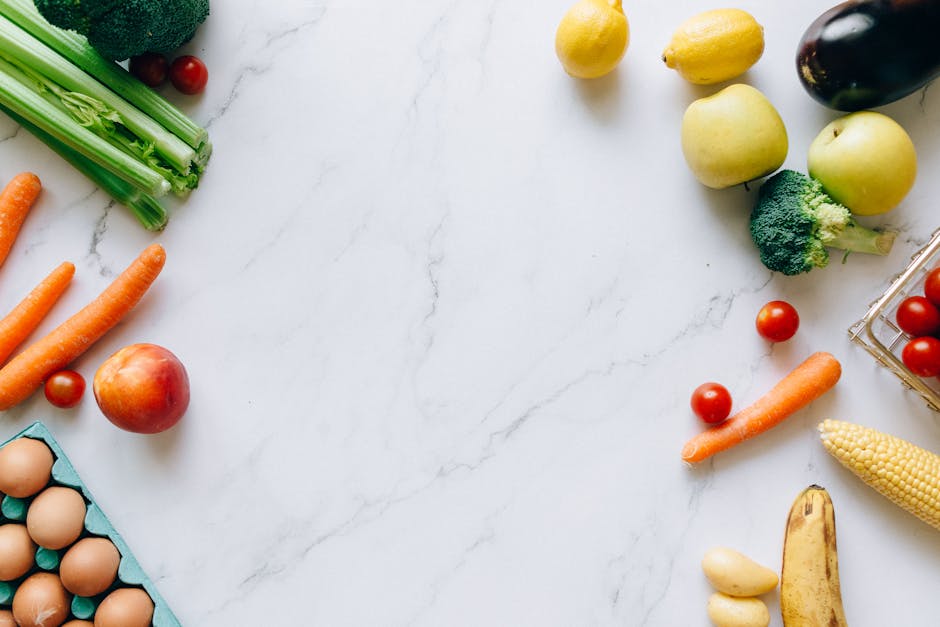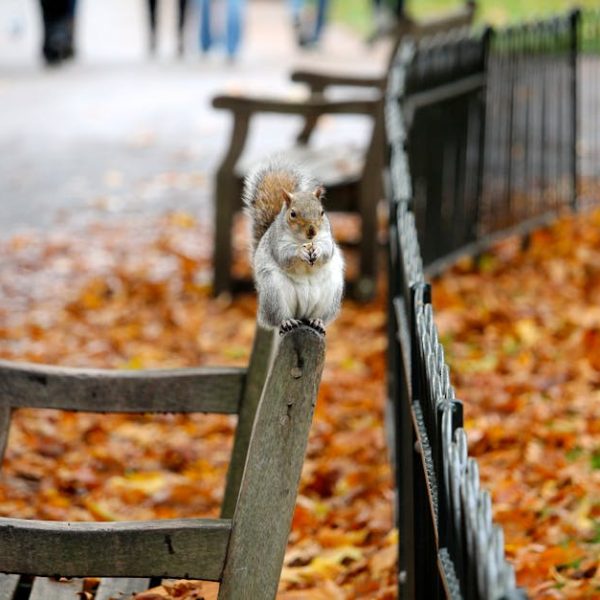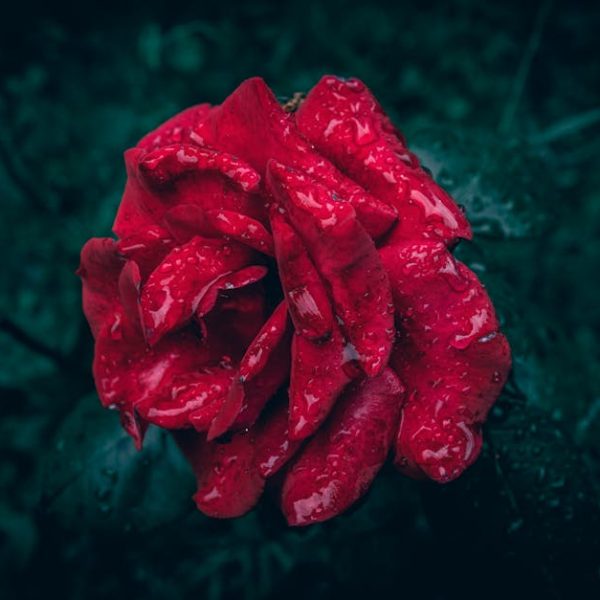Just because you don’t have a spacious garden doesn’t mean you should skip out on cultivating your own fresh and healthy produce. Small spaces can yield big harvests, and what better way to start than with easy and versatile celery. This guide will walk you through seven creative ways to grow celery in pots or containers.
Equip Yourself with Necessary Materials
Equipped with the right tools and materials, anyone can start an indoor garden that’s fruitful and easy to manage. To begin your potted celery journey, you will need celery seeds, potting soil, pots or containers, a watering can, and fertilizers. When it comes to pots, consider choosing those measuring around 10-12 inches in diameter for optimal growth.
Best Practices
Opt for deeper pots to accommodate the long roots of celery. Additionally, choosing pots with holes at the bottom can help ensure proper drainage, remembering to place a dish underneath to prevent any water leakage.
Selecting the Right Variety of Celery
Different celery varieties have distinct growth rates and flavors. For pot cultivation, picking the right variety can make a huge difference in your gardening success. Varieties like Tango, Victoria, and Golden Self Blanching are excellent choices for container gardening.
Pro Tips
When choosing a variety, consider your available space, environmental conditions, and personal taste preferences. Remember, garden success is more than just harvest—it’s about enjoying the process, and most importantly, the fruits (or in this case, the stems) of your labor.
Preparing the Pot or Container
Ensure your pot is in prime condition before the planting begins. Always clean your container thoroughly before use to eradicate any remaining dirt or harmful bacteria. The container should also have proper drainage to prevent water logging that can harm the plant.
Comparing Different Pot Materials
| Material | Pros | Cons |
|---|---|---|
| Plastic | Lightweight, affordable, retains water well | Less durable, less attractive, may degrade in sunlight |
| Terracotta | Natural material, porosity helps prevent water logging | Heavier, can dry out soil faster, susceptible to cracking in cold weather |
| Ceramic | Attractive, available in many styles, retains water well | Heavy, often expensive, fragile |
Remember to choose a potting soil rich in organic matter, as celery thrives in a nutrient-rich environment. This preparation step is crucial in laying a solid foundation for the growth cycle of your celery plants.
Successfully Sowing Celery Seeds
Next, it’s time to sow your celery seeds. The cherry on top of this rewarding journey is, of course, successful germination. Begin by creating small holes in the soil about a quarter of an inch deep and place your seeds gently. Space your seeds about 10 inches apart to allow each plant its space to grow. Cover these with a thin layer of soil and keep it consistently moist.
Planting Directly Vs. Seedling Trays
| Type of Sowing | Pros | Cons |
|---|---|---|
| Directly in the pot | Less disruptive for seedlings | Harder to control initial growing conditions |
| Seedling trays | Can offer controlled conditions, easier to handle young plants | Requires transplant, which can put stress on seedlings |
Providing Optimal Growth Conditions
Once you have successfully sown the seeds, the next paramount step is to provide your plants with the best possible conditions for growth. Celery requires consistent moisture, plenty of sunlight, moderate temperatures ranging from 59°F to 70°F, and a good supply of nutrients throughout its growth.
Best Practices
Ensure the soil never dries out. Should you opt for indoor gardening because of space limitations, consider placing the pot near a bright window or supplement with grow lights if natural light is limited. Don’t forget to fertilize the pot every two weeks with a balanced (10-10-10) water-soluble fertilizer to maintain a healthy supply of nutrients.
Harvesting and Storing Your Home-Grown Celery
You’ve followed the steps to the T, and now your celery plants look lush and ripe for harvest. The perfect time to harvest your hard-earned celery is when the plants are about 8 to 10 inches tall — this usually takes about 3 to 4 months from planting.
Pro Tips
Always cut at the base of each stalk to ensure the inner stalks will continue to grow. For storage, wrap the stalks in foil and place them in the refrigerator where they can stay for up to two weeks.
Common Mistakes
Avoid harvesting too early or late. Too early, the stalks are not fully mature, and too late, they might become woody and bitter. Incorrect storage, like placing them in plastic bags, can lead to a mushy and spoiled crop.
Innovative and Unique Methods of Growing Celery in Pots
Growing celery in pots or containers doesn’t have to be a monotonous quest. You can turn it into a fun and engaging activity by trying out some unique methods or designs.
Examples:
Why not try growing celery in vertical planters for a simple solution? Or, create a celery plant centerpiece for your outdoor dining table to harvest fresh celery within an arm’s reach during meals.
Comparing Unique Techniques to Traditional Ones
| Method | Pros | Cons |
|---|---|---|
| Vertical Planters | Space-efficient, aesthetically pleasing | Requires extra care for proper watering |
| Centerpiece Gardens | Convenient harvesting, functional decor | Limited space for multiple plants, potential for pests |
In conclusion, your lack of yard space does not have to impede your gardening interests. Growing celery in pots or containers can be a fulfilling endeavor, reaping not just edible rewards, but the joy of honing your green thumb as well.
Key Takeaway:
- Having the appropriate materials is crucial to successfully grow celery in pots. The necessary materials include: celery seeds, potting soil, pots or containers, a watering can, and fertilizers.
- The selection of the right celery varieties, such as Tango, Victoria, and Golden Self Blanching, can influence the success of growing in pots.
- Ensuring the pot is prepared properly, with cleaning, good drainage and rich organic soil enhances the chances of a healthy celery harvest.
- Celery seeds need to be sown correctly and given enough space to grow in the pots to ensure successful growth.
- Maintaining optimal growth conditions such as consistent moisture, ample sunlight, moderate temperature, and regular fertilizing is vital for the plant’s survival.
- Knowing when and how to harvest the celery and store it properly can make a big difference in the quality of the produce and its shelf life.
- Creative methods of growing like vertical planters and centerpiece gardens could add a twist to traditional methods, making celery pot gardening a more engaging activity.
Growing celery in pots can be an enjoyable and rewarding gardening experience regardless of the space constraints. With proper guidance, the right materials, and an innovative spirit, you can easily reap the benefits of fresh, home-grown celery.
FAQs
Q: Can celery plants grow indoors?
A: Absolutely! Celery can thrive indoors given the right conditions, particularly adequate sunlight or artificial lighting and consistent watering.
Q: What other vegetables can be grown in pots or containers similar to celery?
A: Many vegetables can be grown in pots or containers, some of these include tomatoes, cucumbers, peppers, radishes, and various herbs.
Q: Can I plant celery in the same pot with other plants?
A: Yes, but it’s important to ensure that the other plants have similar growth requirements and do not overcrowd the celery.
Q: If I don’t have any celery seeds, can I start growing celery from a celery stalk?
A: Yes, actually. Celery can be grown from the base of a stalk. Just cut off the base and place it in a shallow dish of water, transferring to soil once it sprouts.
Q: How do I know when my celery is ready to harvest?
A: Typically, celery is ready to harvest when the plants are about 8 to 10 inches tall which usually happens 3 to 4 months after planting.
We encourage you to share this informative article with your friends and family. Also, please explore more articles on our website to help foster your gardening interests.






